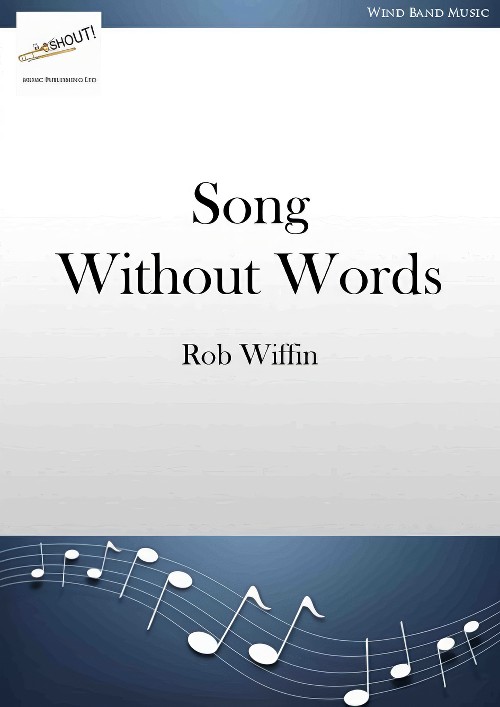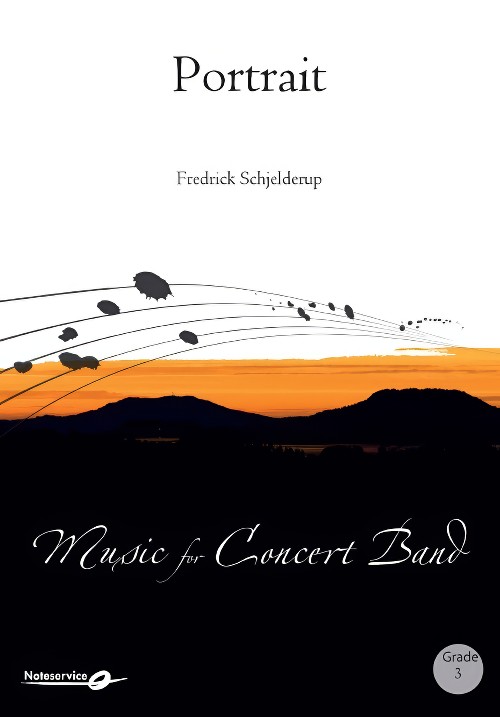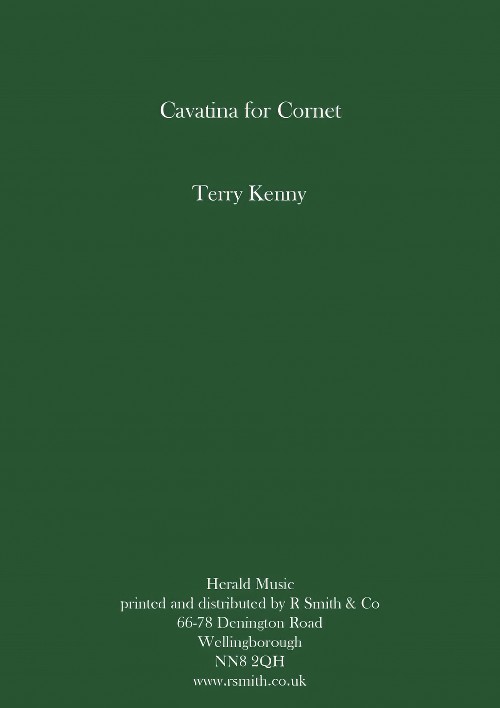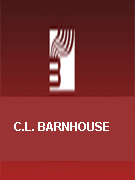Results
-
 £233.60
£233.60Irish Folk (Cornet & Euphonium Solo) - Bertrand Moren
Estimated dispatch 7-14 working days
-
 £124.10
£124.10Badinerie (Trumpet or Cornet or Flugelhorn Solo) - Johann Sebastian Bach
Estimated dispatch 7-14 working days
-
 £74.99
£74.99The Legend of Danny Boy
A beautiful setting of "Danny Boy" which will be a perfect change of pace on any concert program. Features a short trumpet or cornet solo and it's an excellent tool for teaching your band the art of phrasing and legato style. Will be the hit of your next concert!
Estimated dispatch 7-14 working days
-
£84.99
Sometime, Somewhere - George Shutack
An arrangement of George Shutack piano piece Sometime, Somewhere for Cornet solo and brass band. In this 'Rock Ballad' the soloist is given the opportunity to show off his musical talent leaving the audience to float off on a romantic cloud.
Estimated dispatch 7-14 working days
-
 £33.95
£33.95Song Without Words (Cornet, Oboe or Violin Solo with Concert Band - Score and Parts) - Wiffin, Rob
This simple but poignant little piece presents no technical challenges but needs expression and good control.Duration: 3.15
Estimated dispatch 7-14 working days
-
 £91.00
£91.00Portrait (Concert Band - Score and Parts) - Schjelderup, Fredrick
Portrait, is a slow little piece written for Concert Band. The piece starts with the band playing parts of the main theme. It continues with a cornet solo presenting the main theme. The theme develops before it returns and builds up to a great climax. The use of steady flow is important for the expression of the piece. Duration: 3.45
Estimated dispatch 7-14 working days
-
 £29.95
£29.95Cavatina for Cornet (Trumpet Solo with Concert Band - Score and Parts) - Kenny, Terry
A great way to feature your star Trumpeter.
Estimated dispatch 7-14 working days
-
 £49.50
£49.50Flute Salad (Concert Band - Score and Parts)
Traditional march for beginning players with a very accessible optional cornet solo.
Estimated dispatch 7-14 working days
-
 £84.99
£84.99Sometime, Somewhere Wind Band Set (Score & Parts)
An arrangement of George Shutack piano piece Sometime, Somewhere for Cornet solo and brass band. In this 'Rock Ballad' the soloist is given the opportunity to show off his musical talent leaving the audience to float off on a romantic cloud. 0:04:48
Estimated dispatch 7-14 working days
-
 £60.00
£60.00The Legend of Danny Boy - Swearingen, James
A beautiful setting of "Danny Boy" which will be a perfect change of pace on any concert program. Features a short trumpet or cornet solo and it's an excellent tool for teaching your band the art of phrasing and legato style. Will be the hit of your next concert!
Estimated dispatch 7-14 working days
